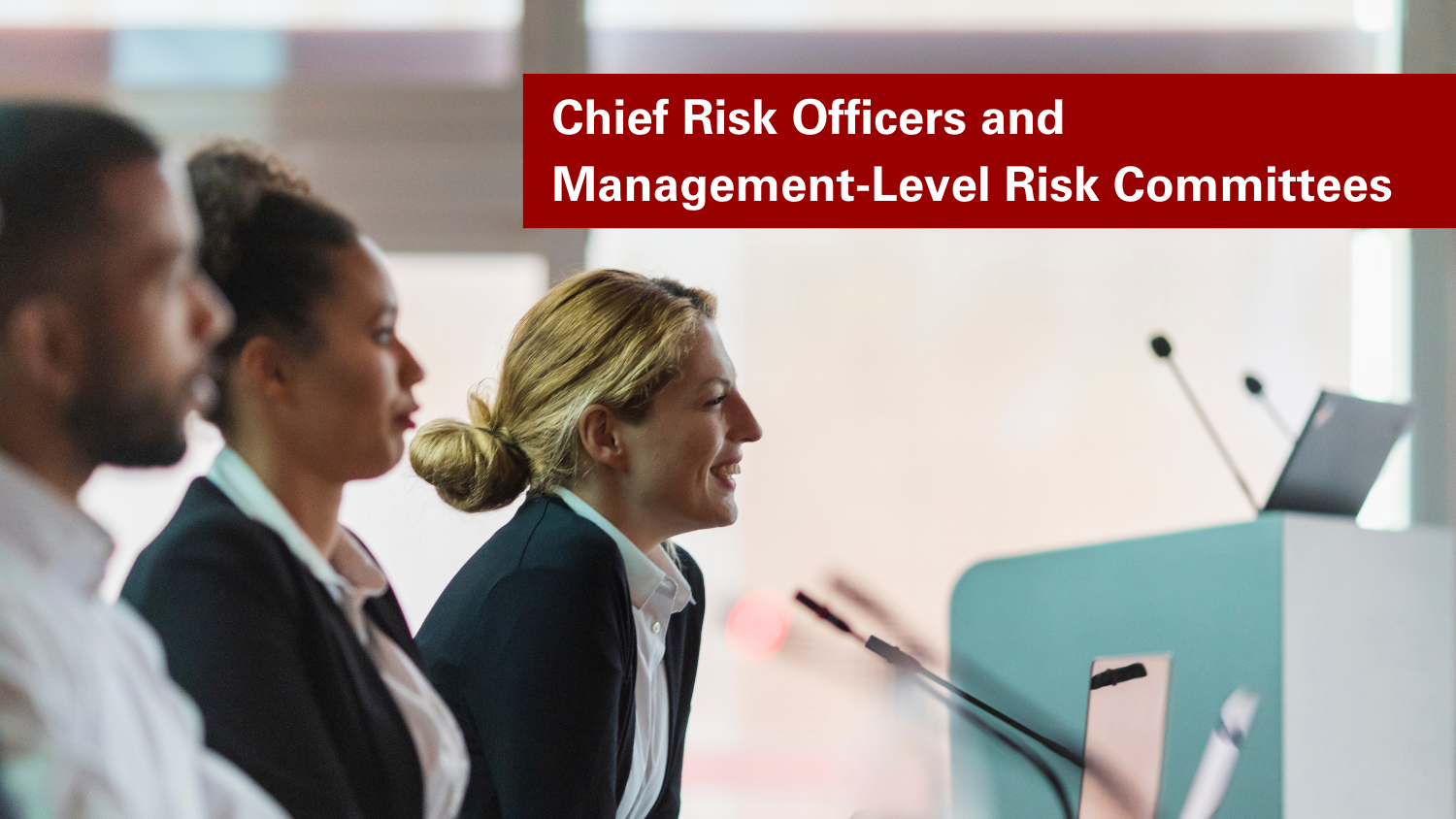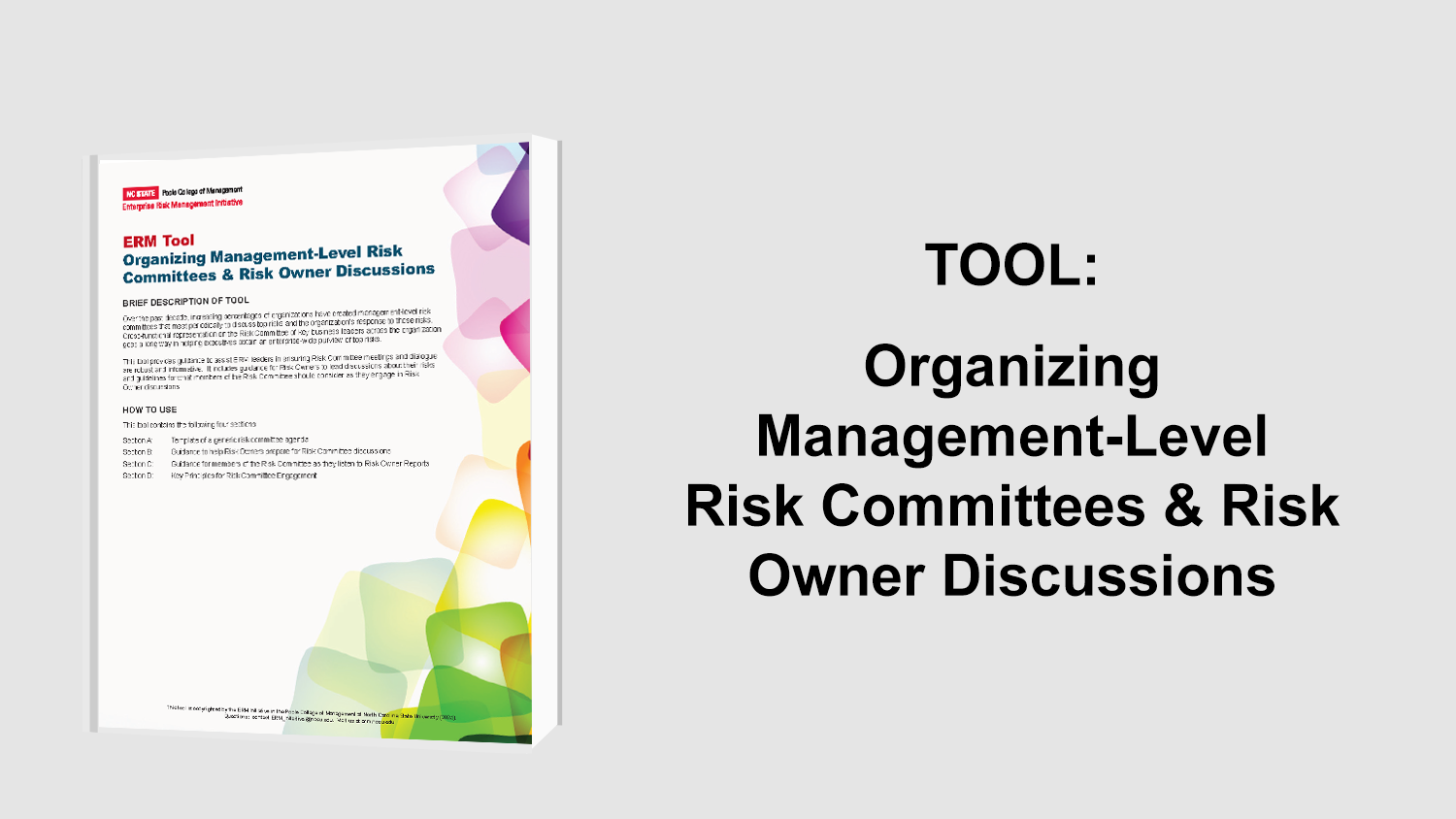Managing Supply Chain Risks for Conflict Minerals
The use of conflict minerals in product manufacturing is an area of growing concern for regulators in the United States and around the globe. Section 1502 of the Dodd-Frank Wall Street Reform and Consumer Protection Act of 2010 creates new rules surrounding conflict minerals for companies that report to the SEC. This KPMG report is the first in a four-part series of reports on Section 1502 of the Dodd-Frank Act. The key features of this report are:
- An overview of the new rules under Section 1502
- A suggestion on how companies should govern their Section 1502 compliance efforts
- Models for addressing the supply chain in order to reduce the risk exposure created by conflict minerals
Overview of Section 1502
Section 1502 of the Dodd-Frank Act applies to SEC issuers that use certain minerals in their manufacturing processes. The extraction of these designated minerals has financed civil conflict and violence in the Democratic Republic of the Congo (DRC) and its neighboring countries. The regulation seeks to minimize the degree to which mineral extraction supports such conflict. Each issuer must go through a process of inquiry and due-diligence with regard to its supply chain in order to determine whether or not the minerals used are conflict-free. The regulation also requires new public disclosures about conflict minerals, including the SEC Form SD and the associated Conflict Minerals Report; both of these can be subject to independent audits.
Governance of Section 1502 Compliance
Companies should act quickly to address Section 1502 and the supply chain risks associated with conflict minerals. KPMG emphasizes the role of the “C-suite” (chief executives) in initiating this action. Conflict minerals present a complex challenge for many organizations. A company’s senior executives are in a position to establish a strategic plan and an attitude for the entire enterprise with regard to how Section 1502 should be handled. The C-suite and the board of directors are also able to unite various pieces of the organization in discussing and dealing with the risks associated with conflict minerals.
Treatment of the Supply Chain
This KPMG report describes three ways in which companies are handling their new compliance requirements for conflict minerals and Section 1502. Organizations are doing the following to manage the risk of conflict minerals entering their supply chains:
- Manufacturers are attempting to establish a list of conflict free smelters. Smelters represent an early stage in the supply chain for minerals.
- Companies are creating secure supply lines from conflict free mines to their own manufacturing facilities in order to prevent injections of conflict minerals into the supply chain.
- Manufacturers are utilizing risk-based supplier assessment programs. Rather than looking at individual source mines or smelters for evidence of conflict minerals, companies are looking higher up in the supply chain at mineral vendors. Companies perform a risk assessment of each vendor they use in order to establish which vendors are most likely to purchase conflict minerals from tainted mines or smelters farther down the supply chain.
Conclusion
KPMG believes that regulation of the manufacturing supply chain will not stop at conflict minerals. With that in mind, this report suggests that companies subject to compliance with Section 1502 actually take a broader approach to the current rules by making their supply chains more transparent in general; companies should not simply focus on mineral sourcing. By increasing overall transparency now, manufacturers will be better prepared for future regulations and will also gain significant insight into their supply chain risks. With that insight, organizations could actually improve business performance.
Click below to register and download article.
Original Article Source: “Conflict Minerals and Beyond: Part One,” KPMG, 2012
- Categories:
- Types:


